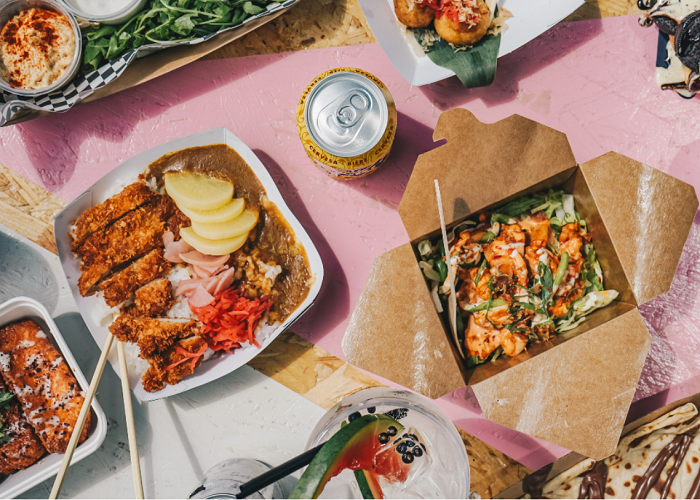In today’s world, the intersection of design and sustainability has become a focal point in the food packaging industry. Design strategies prioritizing eco-friendliness and sustainability drive innovation and transform food products’ packaging.
In this article, we’ll discuss the critical role of design in sustainable food packaging, how design strategies are seen in eco-friendly food packaging, and balancing aesthetics and design in food packaging.
By incorporating these principles, packaging companies like Green Paper Products—a leading advocate for sustainable design through sustainable tableware—aims to minimize waste, reduce negative environmental impacts, and meet the growing demand for eco-friendly food packaging.
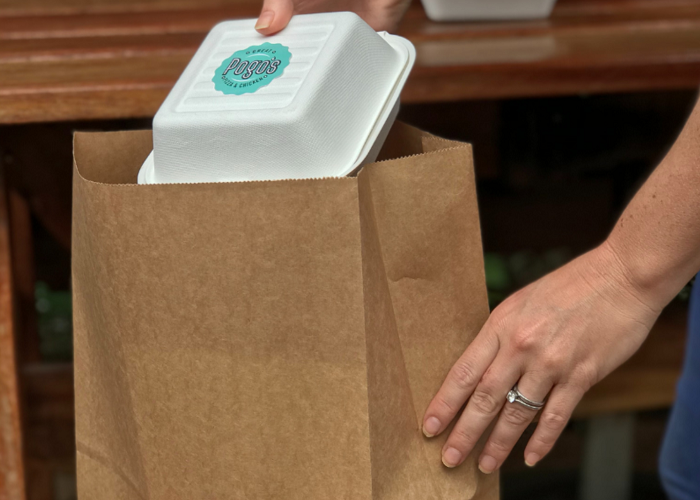
The Role of Design in Sustainable Food Packaging
Packaging can be optimized to minimize environmental impact and promote a more sustainable future by integrating sustainability principles into the design process.
Energy and Environmental Design Considerations
Designing eco-friendly food packaging involves considering energy efficiency and environmental impact throughout the packaging’s lifecycle.
Packaging designers can reduce the overall environmental footprint and contribute to a greener supply chain by incorporating energy-efficient operational and maintenance practices and minimizing non-renewable energy consumption in production and transportation.
Utilization of Renewable and Organic Materials
Sustainable design strategies prioritize using renewable and organic materials in food packaging. Designers can reduce reliance on non-renewable resources and minimize negative environmental impacts by opting for eco-friendly packaging and recyclable materials such as corrugated cardboard boxes and glass.
How Design Strategies Manifest in Sustainable Food Packaging
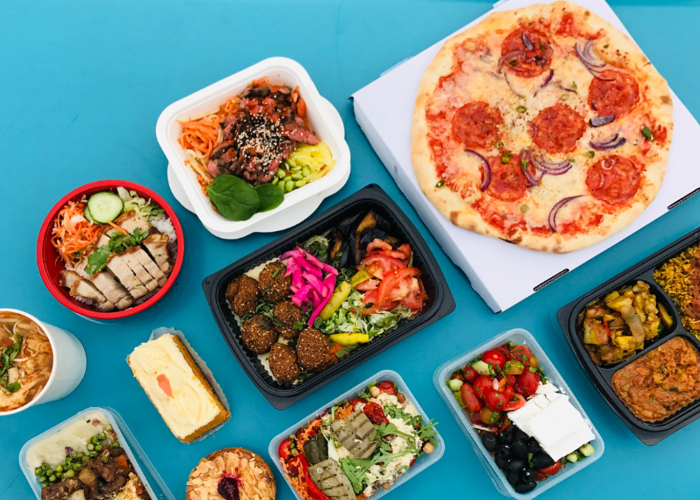
Design strategies in sustainable food packaging focus on less waste, conserving resources, and lowering the overall environmental impact. Focusing on these strategies, designers can create solutions that optimize functionality and promote sustainable consumption.
In this section, let’s explore how design strategies drive eco-friendly practices and reduce negative environmental impacts.
Efficient Packaging Designs
Sustainable design strategies emphasize optimizing packaging shapes, sizes, and structures to minimize material consumption. Packaging designers can maximize product-to-packaging ratios and reduce unnecessary materials by utilizing efficient designs, such as space-saving configurations and portion-controlled options.
Incorporation of Intelligent Packaging Solutions
Designers are increasingly integrating intelligent packaging solutions into eco-friendly food packaging materials. These solutions leverage technology to protect food products, enhance food preservation, extend shelf life, and reduce household waste.
Features such as temperature control, moisture management, and freshness indicators help contribute to sustainable practices. These measures also reduce negative impacts throughout the supply chain.
Balancing Aesthetics and Sustainability in Food Packaging Design
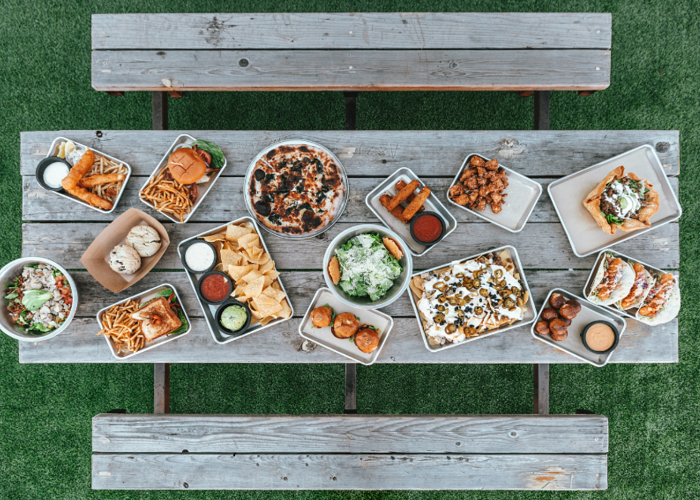
With food packaging design, balancing aesthetics with sustainability is essential. Consumers are increasingly drawn to visually appealing packaging but also demand eco-friendly alternatives.
Eco-Friendly Graphics and Branding
Packaging designers incorporate eco-friendly graphics, natural colors, patterns, and textures to enhance the visual appeal of sustainable food packaging.
By aligning the packaging design with the brand’s commitment to sustainability, designers create packaging that communicates the brand’s values and attracts environmentally conscious consumers.
Branding That Reflects Sustainable Values
Packaging design provides an opportunity for brands to showcase their dedication to sustainability. Incorporating eco-friendly branding elements and communicating renewable or organic materials help brands differentiate themselves in the market and attract consumers who prioritize sustainable choices.
The Sustainable Design of Green Paper Products in Food Packaging
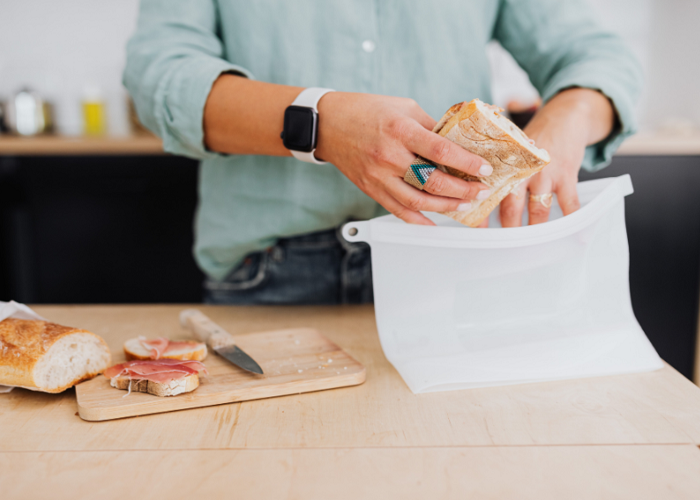
Green Paper Products is a leading advocate for sustainable design principles in food packaging and paper products. With a strong commitment to environmental consciousness, they serve as a marketplace for a comprehensive range of eco-friendly packaging solutions that prioritize sustainability throughout the entire lifecycle.
By incorporating innovative design principles and sourcing eco-friendly materials from renewable resources, the products they showcase are revolutionizing the industry and setting new standards for sustainable packaging.
Compostability
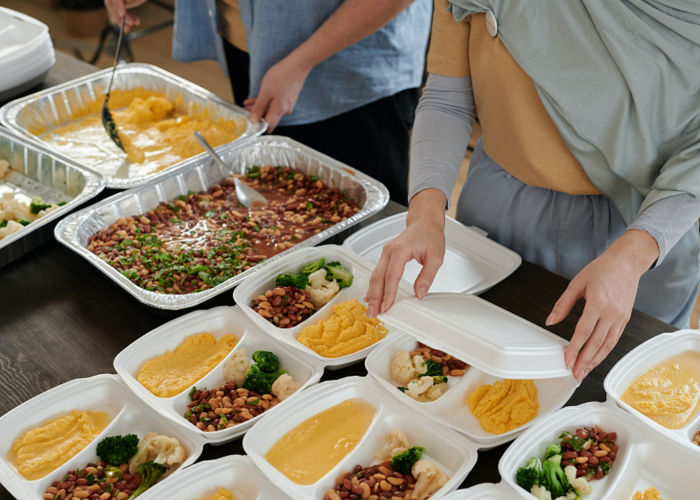
Green Paper Products takes pride in offering a wide range of certified compostable packaging options. These products are designed to break down naturally and return to the earth, minimizing adverse environmental impact and contributing to the circular economy.
By choosing certified compostable packaging from Green Paper Products, businesses, and consumers can actively participate in reducing waste and promoting a more sustainable future.
Intelligent Packaging Solutions
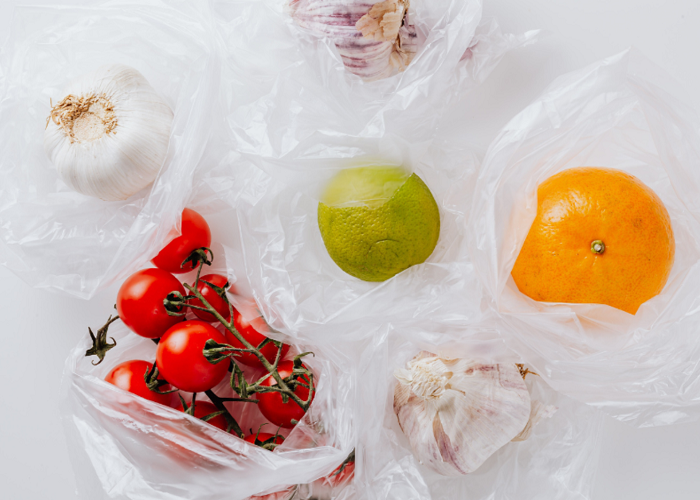
Green Paper Products takes packaging to the next level by offering intelligent solutions that surpass traditional methods. Their innovative solutions eliminate the need for single-use plastics and incorporate sustainable materials.
As they promote environmentally friendly practices throughout the supply chain, these packaging solutions benefit consumers by ensuring fresh food and contribute to sustainable practices by minimizing the overall environmental impact.
Key Takeaways
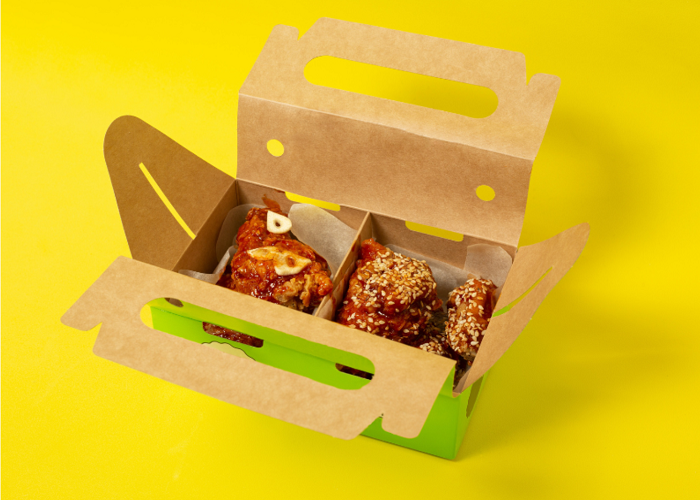
Green Paper Products provides affordable and eco-friendly packaging solutions to address rising material costs. They offer high-quality tableware and paper products made from plant-based or recycled materials, aligning with sustainability goals.
By choosing Green Paper Products, businesses can pass on cost-efficient, sustainable packaging to consumers. This empowers consumers to make environmentally conscious choices without breaking their budgets, supporting sustainability and contributing to a greener future.
FAQs
Why is sustainable design packaging important?
Sustainable packaging design is crucial for multiple reasons. It minimizes waste and conserves resources, promoting a greener supply chain. Environmentally friendly materials reduce reliance on non-renewable resources and limit environmental harm.
Efficient designs and intelligent solutions improve functionality while reducing the overall environmental impact. Brands can display their commitment to sustainability through eco-friendly graphics, attracting conscious consumers.
Embracing sustainable packaging design creates visually appealing, durable packaging that aligns with eco-conscious values and fosters a more sustainable society.
What food packaging design is sustainable?
Sustainable food packaging designs involve using eco-friendly and renewable materials, such as biodegradable or compostable options, and incorporating recyclable or recycled content.
Sustainable packaging design minimizes waste by optimizing material usage and reducing packaging volume. It also considers energy-efficient production and transportation processes to lower the environmental footprint.
